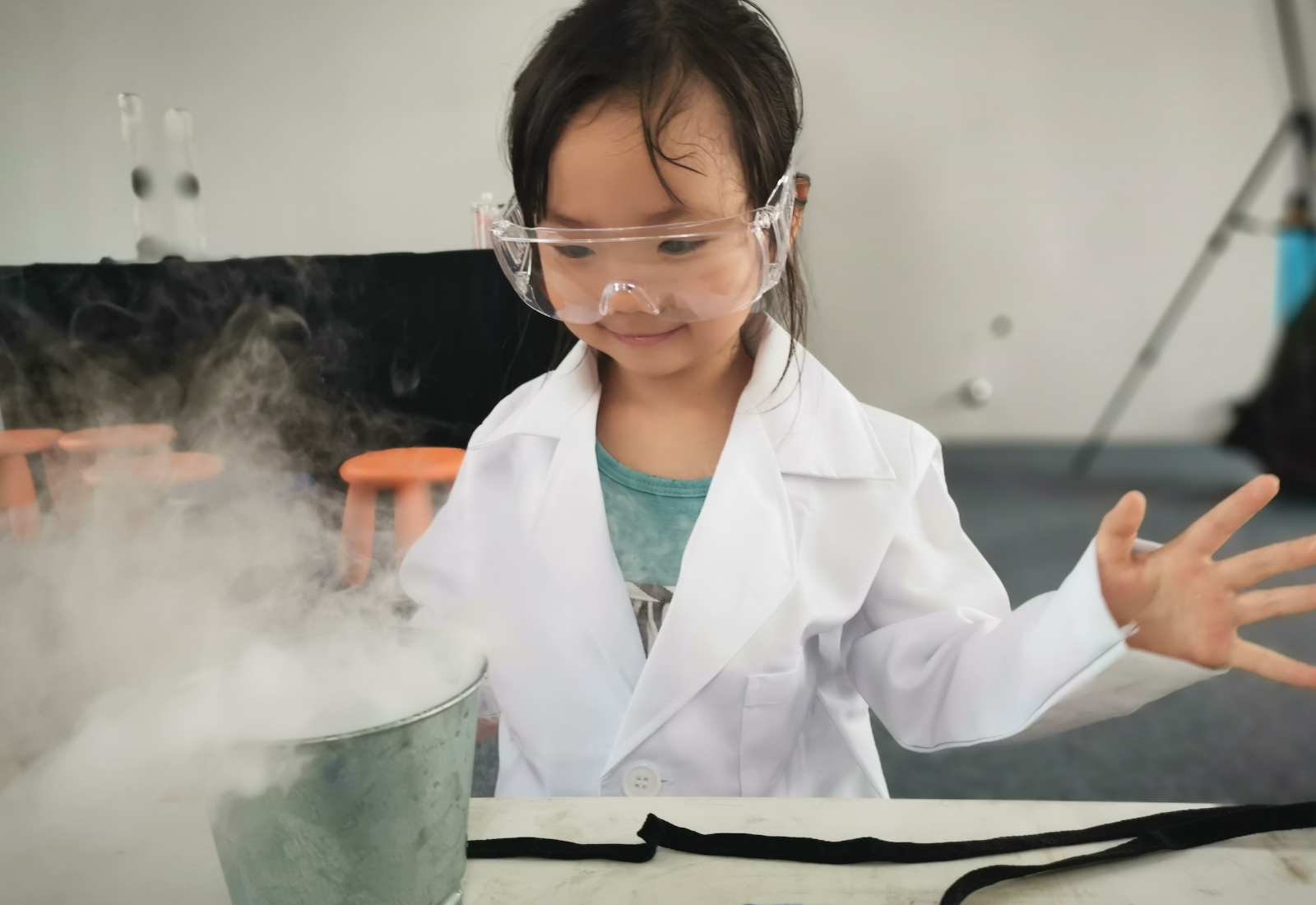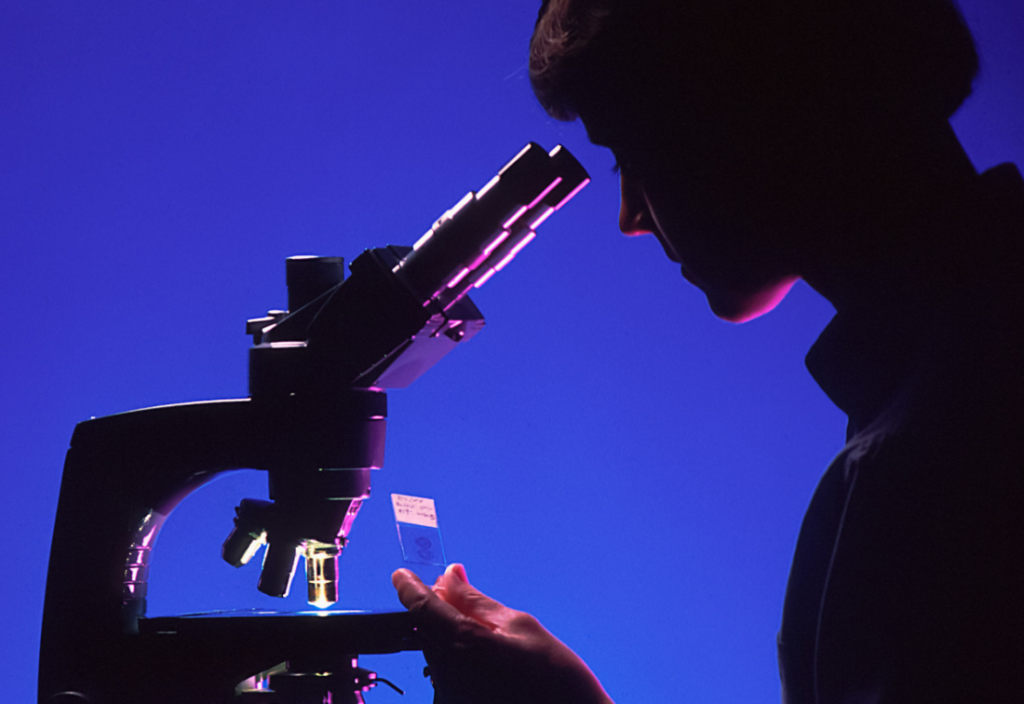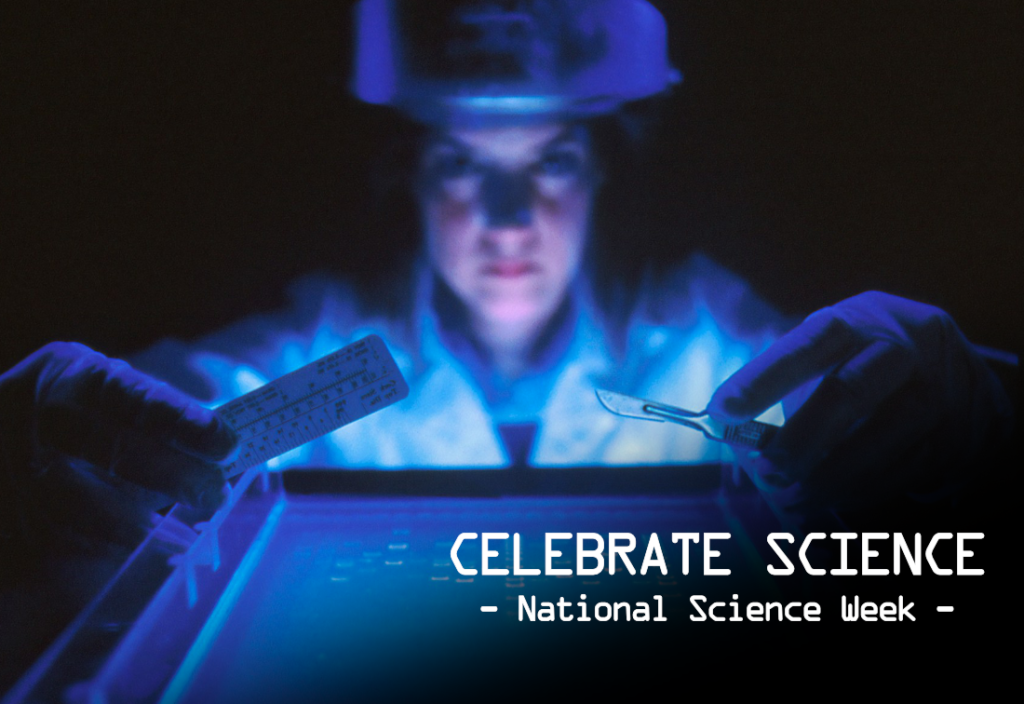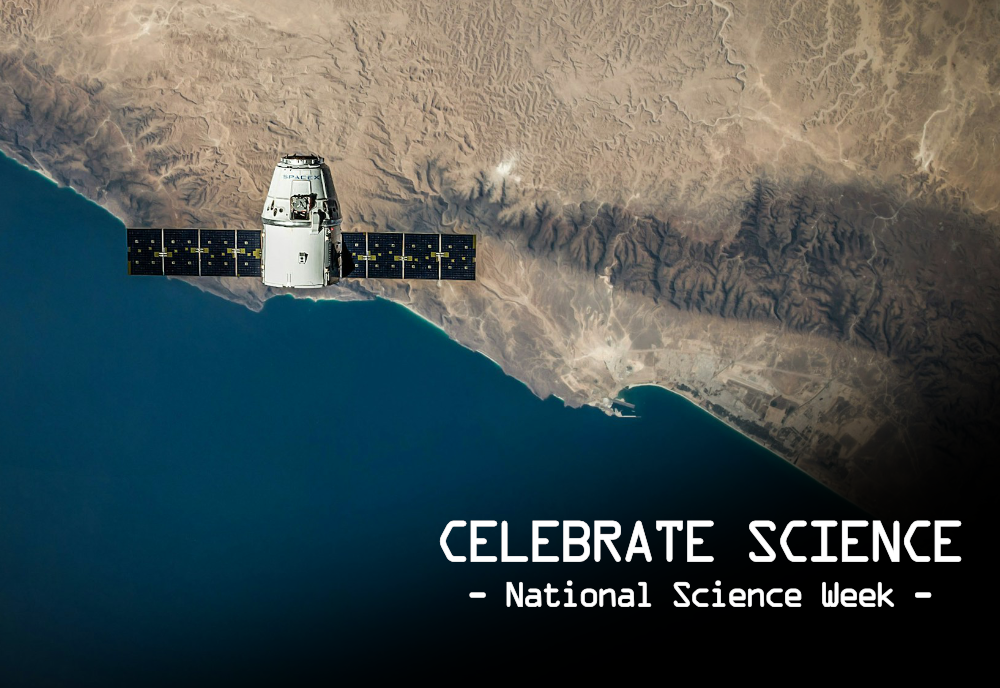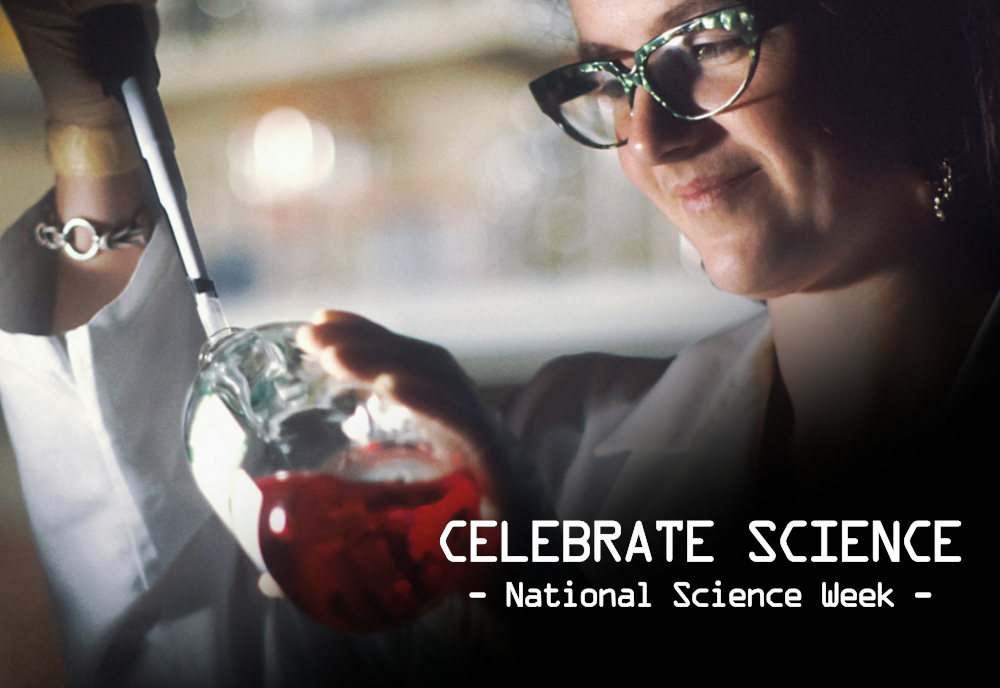For effective learning it is crucial that a demonstration is more than scientific theatre.
However, this is also a potentially dangerous experiment, and should only be attempted by a suitably cautious chemist, with appropriate preparation and assessment of risk.
Assessing risk is an act of imagination. The worst possible outcomes must first be considered before controls are applied to make the activity as safe as possible.
Risk assessments are typically managed through the application of the hierarchy of controls to reduce or eliminate the dangers of an activity.
You might be surprised to see that personal protective equipment (think lab coats, gloves and safety glasses) only come into play at the final step in this process. These are among the first things that come to mind when we think “safety”. But they are most effective only after other elements of control have been implemented before them.
Introducing some controls can be challenging, like finding a suitable substitute for a hazardous material that is uniquely suited to a particular chemical reaction. But engineering controls, such as increasing the distance between viewer and demonstration, are simple and usually highly effective.
Once we establish the risks and have considered their likelihood and potential consequences, we can decide whether the activity is worth pursuing.
Universities and professional scientific bodies have a role to play in providing training, professional development and mentoring to teachers. This is especially important for teachers who may be teaching outside their direct area of training and who may not have the hands-on experience of experimental risk assessment or chemical handling.
In addition to workplace-specific risk-assessment processes, the American Chemical Society has many resources available for school teachers, including highly useful safety guidelines for chemical demonstrations. These guidelines show the depth of thought and preparation required before conducting a demonstration in front of others.
Time will tell what factors were responsible for the incidents mentioned above. In the meantime, teachers should be empowered to share the wonder and visual impact of science through demonstrations to their classes. And while failed experiments are an important part of learning how to do science, they can and must be safe.
This article was originally published on The Conversation.
This article was co-authored by Peter Rutledge, Professor of Chemistry at the University of Sydney.
Photo by YY TEOH on Unsplash.

